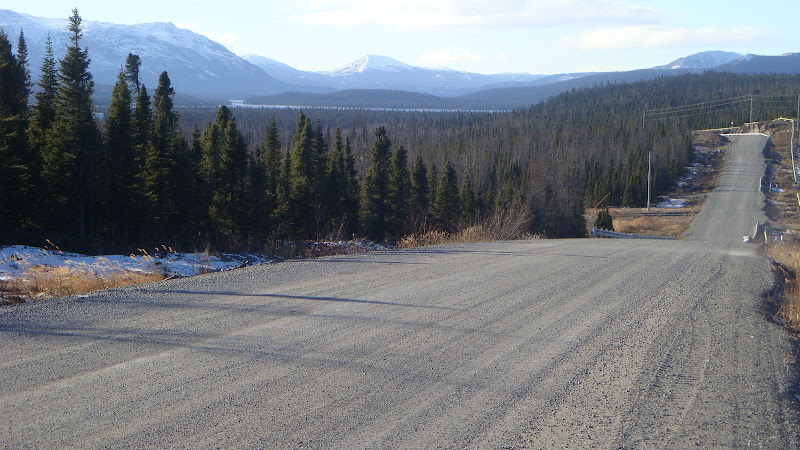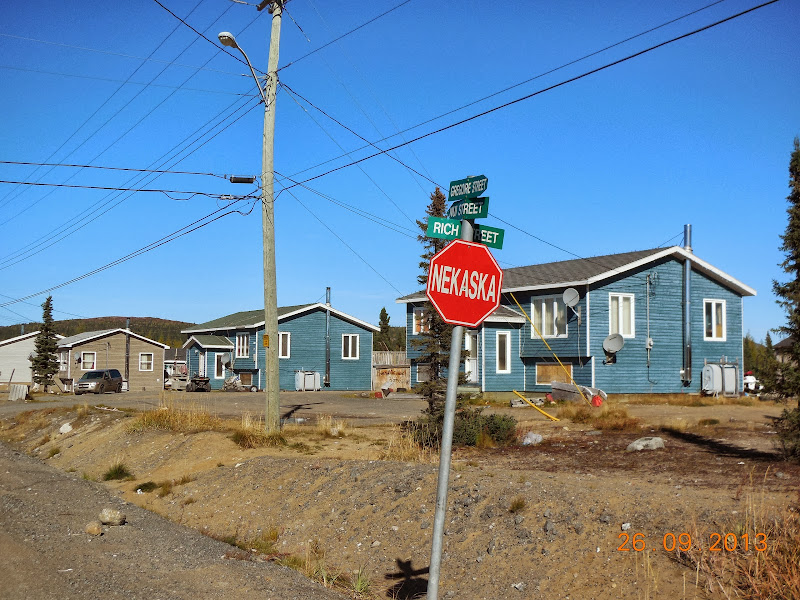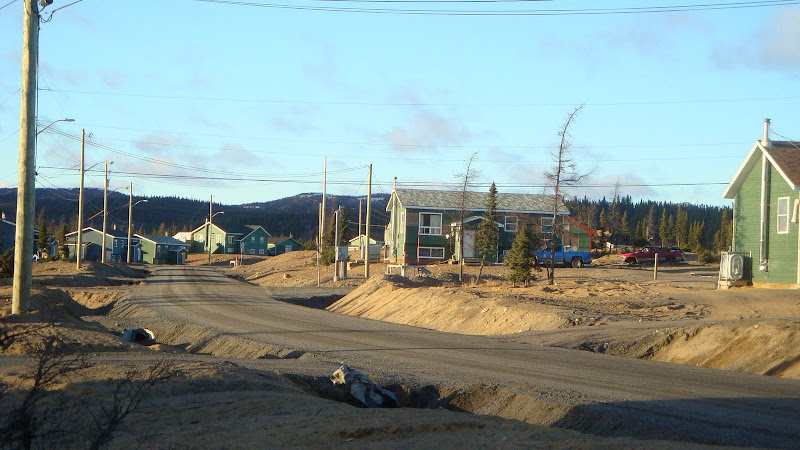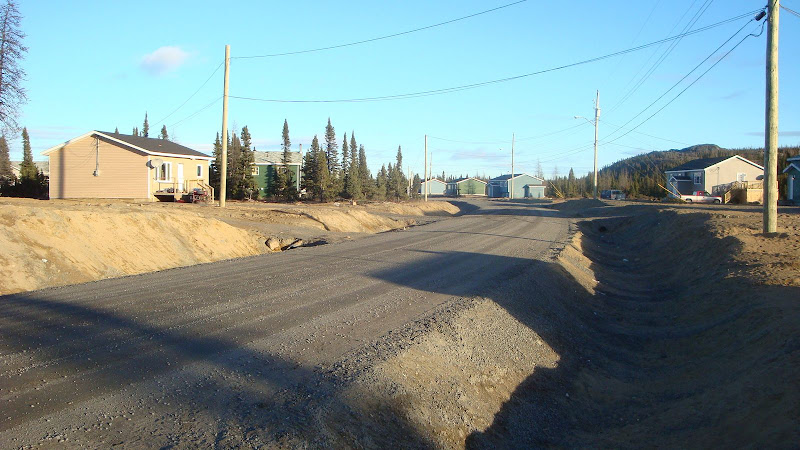“Heart patient's death on Greyhound bus leads to calls for more flights, better service in northern ManitobaAnyone going the greater distance to Winnipeg for a hospital stay etc is probably already there by air ...not spending an additional 13 hrs on the train.
[...]
Nisichawayasihk Cree Nation Chief Marcel Moody said cancer patients and other First Nations people are being forced to take long bus rides for medical help.
“There's incidents like this happening on a weekly basis,” he said in an interview with CTV News.
Moody said more flights south and better health services in the north should be available.
"If we can avoid another death in a similar circumstance I think we have to try our best to help our people as best we can,” Moody said.
[...]
Indigenous Services Canada said based on the most cost effective mode of travel, the bus is the normal mode of transportation, taking the client's medical condition into consideration.“
https://winnipeg.ctvnews.ca/mobile/heart-patient-s-death-on-greyhound-bus-leads-to-calls-for-more-flights-better-service-in-northern-manitoba-1.4135349
Last edited by a moderator:



























































